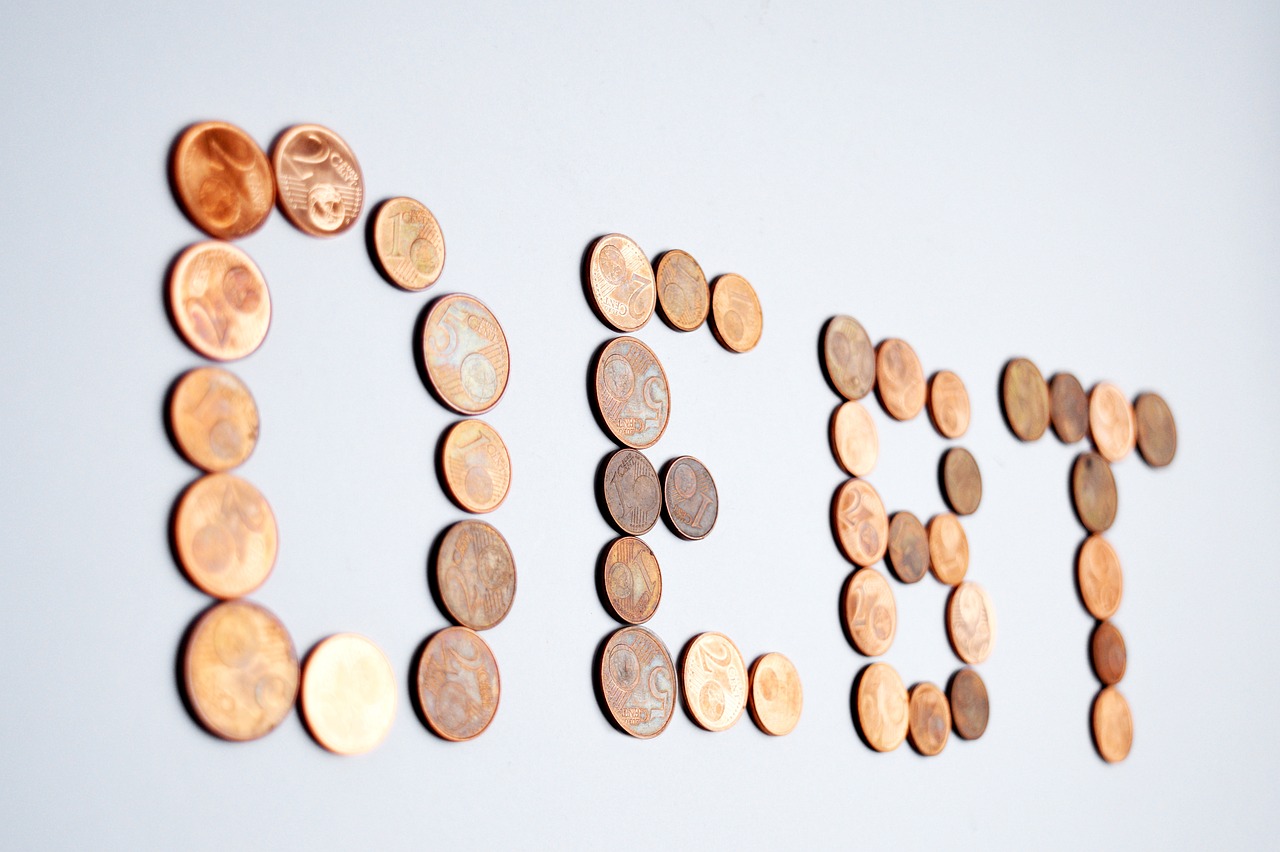More than 70% of American households have at least one debt. If you owe a creditor money, you’ve joined a big club. But that’s not a membership that you want to keep active for long. I took out several lines of credit, and it was one of the reasons that I ended up homeless.
Now that I’m debt-free, I can attest to anybody being able to live the lifestyle they desire without going into debt. But it requires patience and sacrifice. The biggest problem with most people is that they want instant gratification and don’t want to make sacrifices. That’s like wanting to win a marathon without running.
Comparing my life to when I had debt and my current situation, I’ve noticed several key differences. And it’s those differences that have helped me identify the major problems with having debt.
It Never Stops with One Debt
I don’t believe that good debt exists, but if you pushed me for an answer, I’d say that the only acceptable debt is a mortgage. The reason is that I regard it to be a safer loan than a credit card or a personal loan. The key reason is that your home is likely to go up in value (unless you bought the house in a market boom) over time.
If worse comes to worst, you’ll be able to sell your home and ideally make a profit because your home’s value should be higher than the outstanding mortgage. You don’t have that luxury with a credit card or a personal loan. You have no leverage with those outstanding balances.

But if you take out a mortgage, you’ll most likely take out another debt. And the reason is that the mortgage has improved your lifestyle. It has added value to your life and, naturally, you want more value. You want more fun, a higher standard of living, and more comfort and status. You need a nice car to go with your nice house, right?
Since you don’t have the money to pay for the car with cash, you borrow more money.
Living on Borrowed Money
It’s nice to live on somebody else’s account. That’s what most people with debt are doing. They drive cars and live in houses that belong to the bank. They even wear clothing that belongs to a shop and eat food that belongs to the supermarket. If there was ever a sign that you’re living above your means, it’s when you pay for food on credit. That’s a massive financial red flag!
You have to pay that money back. Some households use 80% of their income to repay creditors. With the remaining 20% spent on food and subscriptions, these households are unable to save a penny. Most of them end up taking on more debt because they aren’t able to meet all of their financial obligations. To keep their head above water and continue to live their current standard of living, they go further into debt.

Some people have two credit cards. They use one credit card to pay the instalments of the other credit card. I’m not joking. People will do crazy things when they are desperate.
I’ve learnt that you don’t get out of a hole by digging it deeper. The first thing I did when I decided to improve my finances was to stop taking out debt. That wasn’t easy because I had gotten used to, throughout the years, to put anything that I couldn’t afford on a credit card. If I needed a significant advance, I took out a personal loan.
One loan followed the other until I had accumulated five different loans. Everything was going well until I received an income, but things got progressively worse when my income stopped. I had a mountain of debt to climb but no legs. That’s how it felt like. I had no resources to get rid of my problems because I couldn’t find a job for months.
Letting Go of the Life You Can’t Afford
The first step to improving my finances was admitting to myself that I couldn’t afford the life I was living. Regardless of how much I loved it, felt that I deserved it or wanted to live it, I knew that living that life was causing me more pain than pleasure. But I wanted to hold on to it so badly because driving a luxury BMW and living in an upmarket neighbourhood provided me with status and comfort.
Then I realised that being debt-free and having significant savings would provide me even more status and comfort without the stress of worrying about paying creditors. When I looked at it like that, it made sense for me to let go of the lifestyle I had.
That meant downgrading my lifestyle by selling all of the things that kept me indebted. Unfortunately for me, the bulk portion of my debt was a personal loan. So I couldn’t sell any asset to reduce that loan. I had to pay it off over seven years. That period was gruelling, and it felt like it would never end. But it did.

I knew that I needed more money at the end of the month to dedicate to debt. Besides taking on part-time work to complement my full-time job, I decreased my expenses drastically. I lived the minimalist lifestyle, requiring me to survive only on expenses that were crucial to survival.
At first, it wasn’t easy. I had become accustomed to a higher standard of living and lowering it meant that I had to make sacrifices. That’s one of the biggest reasons that people don’t improve their finances—they don’t want to make a change. They’re worried about what other people will think of them if they no longer drive a luxury car, live in a more affordable neighbourhood and take their kids out of private schools.
The best part about becoming homeless is that I stopped giving a damn what people thought about me. Instead, I worried more about what I would think of myself if I had no money and was in debt. When I had that mind shift, my finances improved. I made decisions that helped me to advance financially, as opposed to taking a path that would inflate my ego when strangers were impressed by my possessions, which actually belonged to the bank.
Being in debt taught me to never take out debt again. It’s been almost two years since I’ve been debt-free, and I have no intentions of taking out another debt.
CHECK OUT MY NEW BOOK — From Homeless to Debtless with Savings
READ NEXT: The Value of Multiple Streams of Income





Leave a Reply